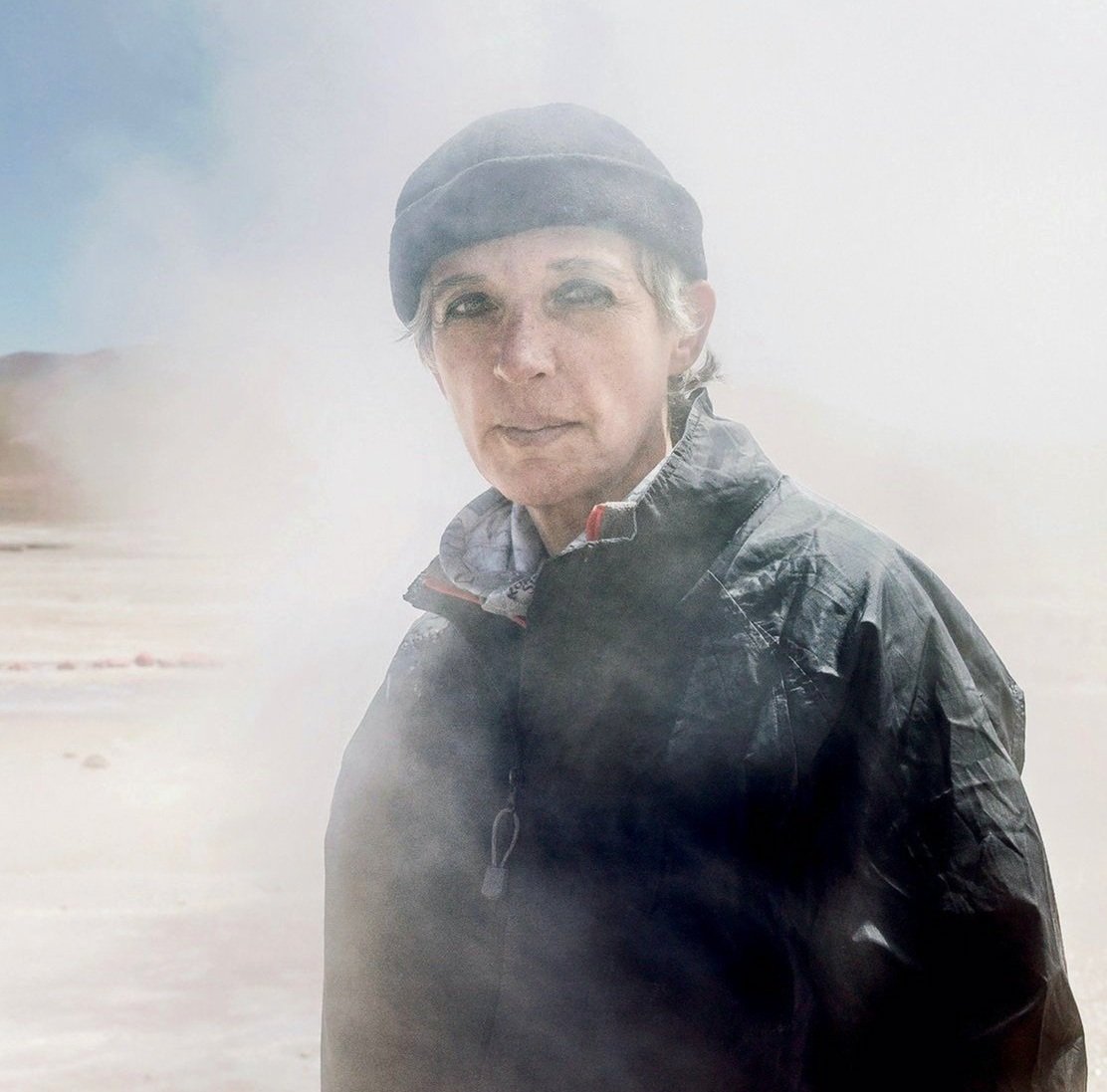To be seen makes a difference. If anybody sees my picture and says — yes, I see someone who looks like me working in STEM — that’s fulfilling.
― Mary Lobo, NASA’s Director of Technology Incubation and Innovation
We’re on a mission to showcase diverse perspectives and energize public discourse about our latest endeavors in space exploration.
Why Space? Exploration impacts our everyday lives.
-
Our everyday digital infrastructure is driven by satellite technologies—from getting directions on our cellphones to securing banking transactions to powering our electric grids. Fleets of Earth Observation satellites collect data that monitors and mitigates global concerns—from safeguarding watersheds, agricultural yields, and wildlife habitats to deterring deforestation, overfishing, and human rights abuses. Microgravity research has driven innovations in medicine, catalyzing new technologies like ultrasound devices and laser eye surgery (LASIK). Designing and engineering space habitats and systems has led to spin-off technologies, like Invisalign braces, memory foam, and digital imaging sensors.
-
Aboard the International Space Station, humans have worked successfully for decades across disciplines, cultures, and nations. Space missions often require collaboration among multiple countries, pooling together resources, experts, and technologies to achieve complex engineering feats and breakthrough scientific discoveries. With the commercialization of space industries and the broader participation of emerging space nations, space is fast becoming a diplomatic forum for shared innovations, new paradigms, and global goodwill.
-
The frontiers of space are expanding ― literally and figuratively. Advancements in machine learning and data science have exponentially enhanced our understanding of our expanding universe. Our latest telescopes allow us to detect faraway galaxies and chemical signatures for potential life elsewhere. While scientists and engineers prepare to land the first woman and first person of color on the moon within the next few years, other researchers and innovators are planning future robotic missions within our solar system and to our neighboring Alpha Centauri solar system. Such bold missions necessitate humility. As astronauts explain it, they are forever humbled to witness our delicate planet thriving in the vast expanse of space. No boundaries, only Earthlings living on a sublime planet of possibilities.
Why Women? Diversity advances innovative solutions.
-
The United Nations Office for Outer Space Affairs reports that women make up about 11% of astronauts, 20% of space industry workers, and 30% of scientists and engineers. Moreover, women who pursue STEM professions are at greater risk of leaving their educations and careers, particularly women of diverse backgrounds and identities. Astronaut Mae Jemison pointed out to the US Committee on Science, Space, and Technology, “The barriers faced by women and underrepresented minorities are insidious and pervasive, compromising careers, contributions, and economics of individuals and institutions. Doesn’t it make sense that our thinkers, developers, and implementers should better reflect the population so that the output will be more robust, innovative, and effective?”
-
At the UN’s 5th International Day of Women and Girls in Science Assembly, planetary scientist Nathalie Cabrol stressed that women “want to see the development of a culture of commitment to protecting vulnerable people at all levels of science.” Cabrol recognized that mitigating bias and improving equity are complex issues, but the way forward can be summarized in a few words ― “nurture, support, empower and protect women at all stages of education and career". Studies confirm that nurturing a sense of belonging and creating a supportive community within school and workplace settings empowers women to thrive in their careers. Women STEM students who feel welcomed achieve better academic outcomes, and women employees who are recognized as valuable contributors to their organization are more likely to sustain their STEM careers.
-
Research confirms that women mentors are critical for uplifting other women in their careers, providing professional support and serving as superstar role models. NASA astrophysicist Elisa Quintana was a self-described, disinterested C student in math and physics at her local community college. That changed when she transferred to UC San Diego and the first American woman in space, Sally Ride, became her academic adviser. Another role model for many as the first Black woman in space, Mae Jemison, revealed that as a young girl her only accessible inspiration was the 1960s fictional TV character, Lieutenant Uhura, who aboard the Starship Enterprise boldly reached for the stars where no Black woman had gone before.
Support the Star Goddesses mission!
Your donation supports our current work publishing the STARBLOG and future endeavors to launch SUPERSTAR SESSIONS — mentoring and engagement opportunities with established women space professionals — and our upcoming SUPERSTAR PODCAST.
The way forward — protect, nurture, and empower women at all stages of their educations and careers.
— Nathalie Cabrol, Astrobiologist and Director of the Carl Sagan Center for the Study of Life in the Universe at The SETI Institute


